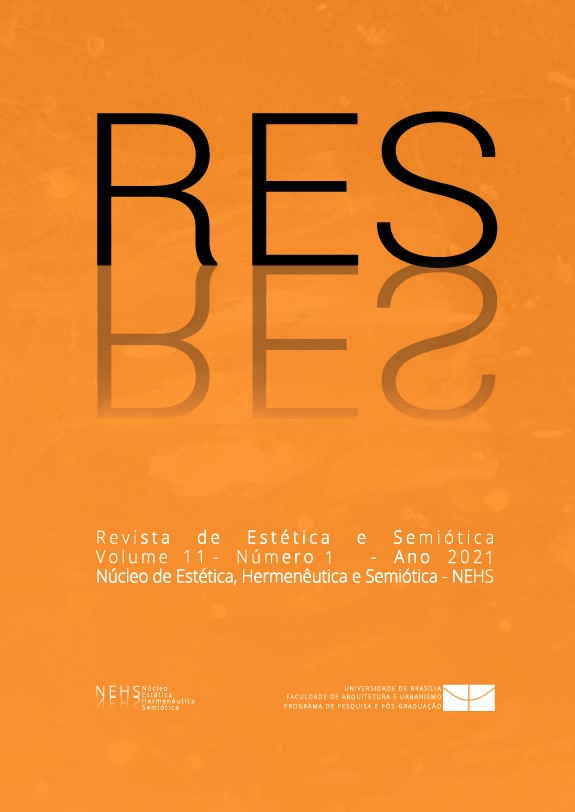CIDADE E CIDADANIA (BRASÍLIA, TRAJETÓRIA DE UMA INVENÇÃO)
DOI:
https://doi.org/10.18830/issn2238-362X.v11.n1.2020.03Keywords:
Aesthetics; Theology; Deconstruction; Descartes; Wolff; Baumgarten; Kant.Abstract
Lúcio Costa makes sense by bringing together the public and the private without hierarchy and subordination, it is evident in the risk where the axes cross and complete each other on an equal footing. The confrontation with the alternative risk in the elaboration process shows the reasons for the axial linearity adopted. The work goes through milestones of Western traditions in order to think if there is the fact that drawing has not overcome the contradictions and the attitude of indifference prevails, insisting on subverting and mutilating the city, highlights the utopian character of the project: the aspiration to humanize living still remains a promise.
Downloads
References
ARGAN, G.C. Brunelleschi. Paris: Macula, 1981.
____. L’âge Baroque. Genève: Skira, 1994.
BENJAMIN, W. Origem do drama barroco alemão.
São Paulo: Brasiliense, 1984.
COSTA, L. Monumentalidade e gente, Sobre Arquitetura,
Porto Alegre: CEUA 1962
____ Carta ao Senador Catete Pinheiro, in 10 Seminário
de Estudos dos Problemas Urbanos de Brasília.
Brasília: Senado Federal, 1974
____ Urbanismo. In: LUCIO COSTA, registro de uma
vivência. São Paulo: Empresa das Artes: 1975.
____COSTA, L. ‘Relatório’. Brasília, cidade que inventei.
Brasília: Ed. GDF 1991
HOLANDA, S.B. Raízes do Brasil. São Paulo: Companhia
das Letras, 2005.
KAUFMANN, E. De Ledoux a Le Corbusier. Barcelona:
Gustavo Gili, 1982.
LIPOVETSKY, G. O luxo eterno. São Paulo: Companhia
das Letras, 2005.
RANCIÈRE, J. A partilha do sensível. São Paulo: Editora
, 2005.
SCHULTZ, N-B. La signification dans l’architecture
occidentale. Bruxelles: Mardaga, 1977.
VERNANT, J-P. Les origines de la pensée grecque.
Paris: Quadrige/PUF, 1981.
Downloads
Published
How to Cite
Issue
Section
License

This work is licensed under a Creative Commons Attribution-NonCommercial 4.0 International License.




